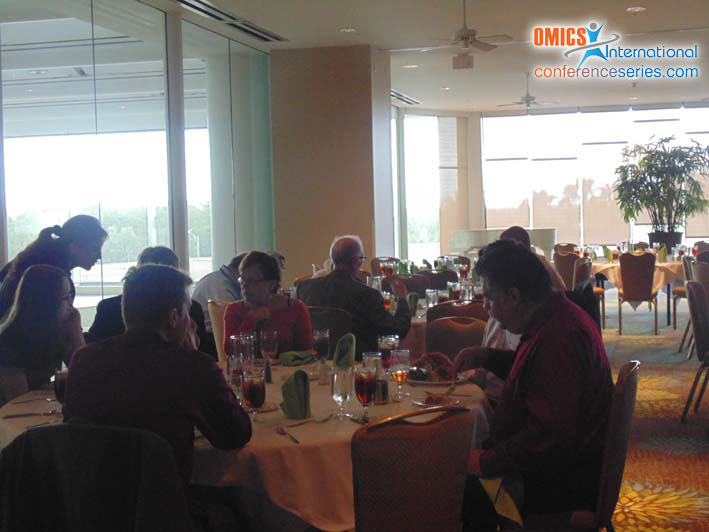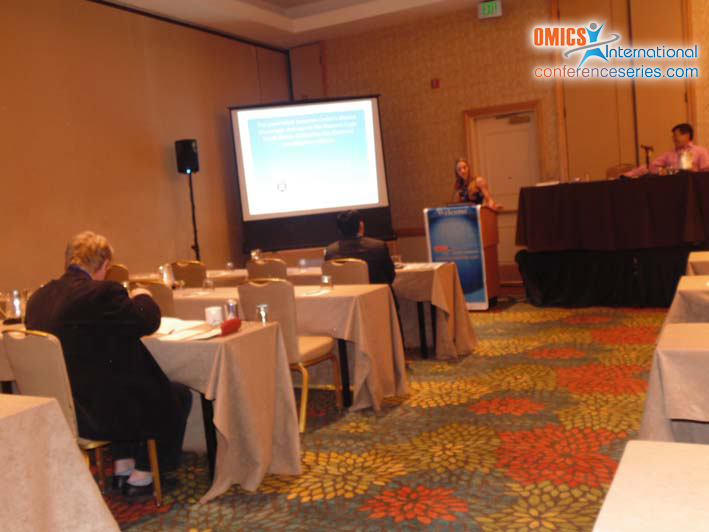
Mrinal Pahwa
Sir Ganga Ram Hospital, New Delhi,
India
Title: Optimized use of Robotic-assistance for Laparoscopic Reconstructive Urology: A single centre experience from India
Biography
Biography: Mrinal Pahwa
Abstract
Introduction: ESWL has become the preferred tool in the Urologist’s armamentarium for treatment of urinary calculi in appropriate cases because it is simple, eff ective and minimally invasive technique. Effi cacy of ESWL besides other factors also depends on cooperation of the patient throughout the procedure. Several diff erent techniques along with analgesic drugs have been used for ESWL procedure including general, regional and local anesthesia as well as monitored anesthesia care. Th e aim of our study was to compare safety and effi cacy of performing ESWL under intravenous (IV) anesthesia as compared to local anesthesia. Material & Methods: A prospective study was carried out in a tertiary care centre in New Delhi from March 2013 till April 2014 on 60 patients with renal or upper ureteric calculus less than 2cm. Patients were divided into two groups of 30 each: Group I included patients who underwent ESWL under IV anesthesia & group II patients underwent ESWL under local anesthesia. Preoperative, intraoperative details, complications, number of sessions required and the cost incurred in the procedure were recorded and analyzed. Th e patients in group A were given fentanyl, midazolam and propofol infusion whereas patients in group B were given IV/intramuscular analgesia along with local application of EMLA cream (eutectic mixture of prilocaine and lignocaine hydrochloride). Results: Th e study groups were comparable for age, gender and stone size. Th ere was signifi cant diff erence in the number of sessions required (1.06 vs. 2.2), average intensity of shock waves (4.33 vs. 3.53), postoperative score (p 0.0001 ), average shockwaves used (3800 vs. 5967), the cost of the procedure (Rs.3270 vs. 2140) and the time taken for clearance (1.53 vs. 2.4 months). Th ere was no morbidity or side eff ects attributable to I.V anesthesia. Conclusion: We conclude that ESWL under total intravenous anesthesia is highly eff ective, safe and cost eff ective for solitary renal and upper ureteric stones and leads to complete and early stone clearance than ESWL under local anesthesia.



